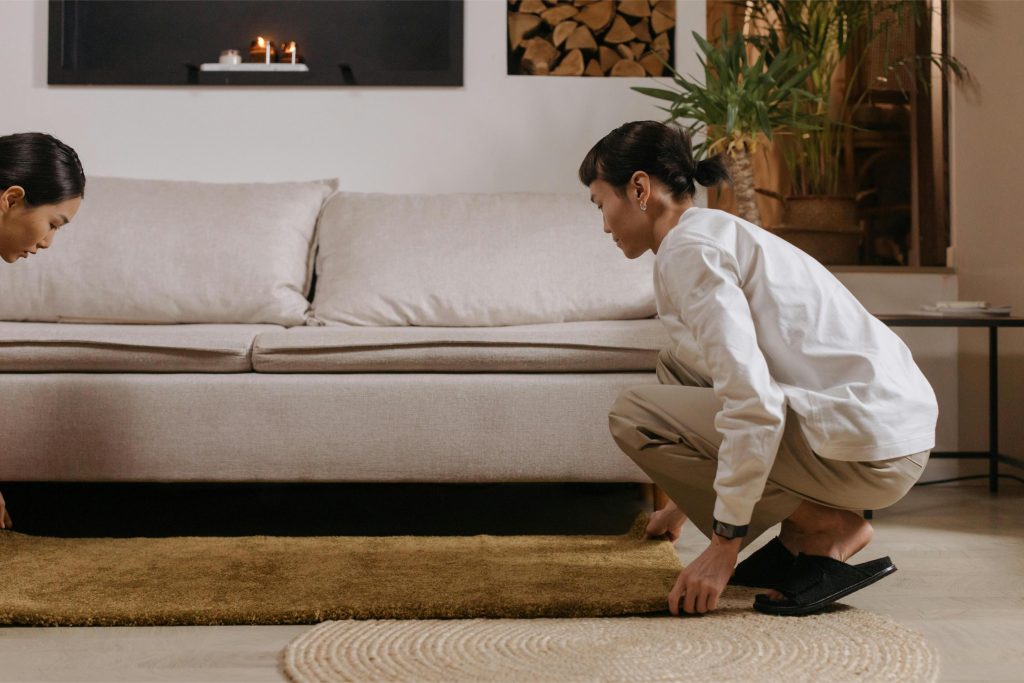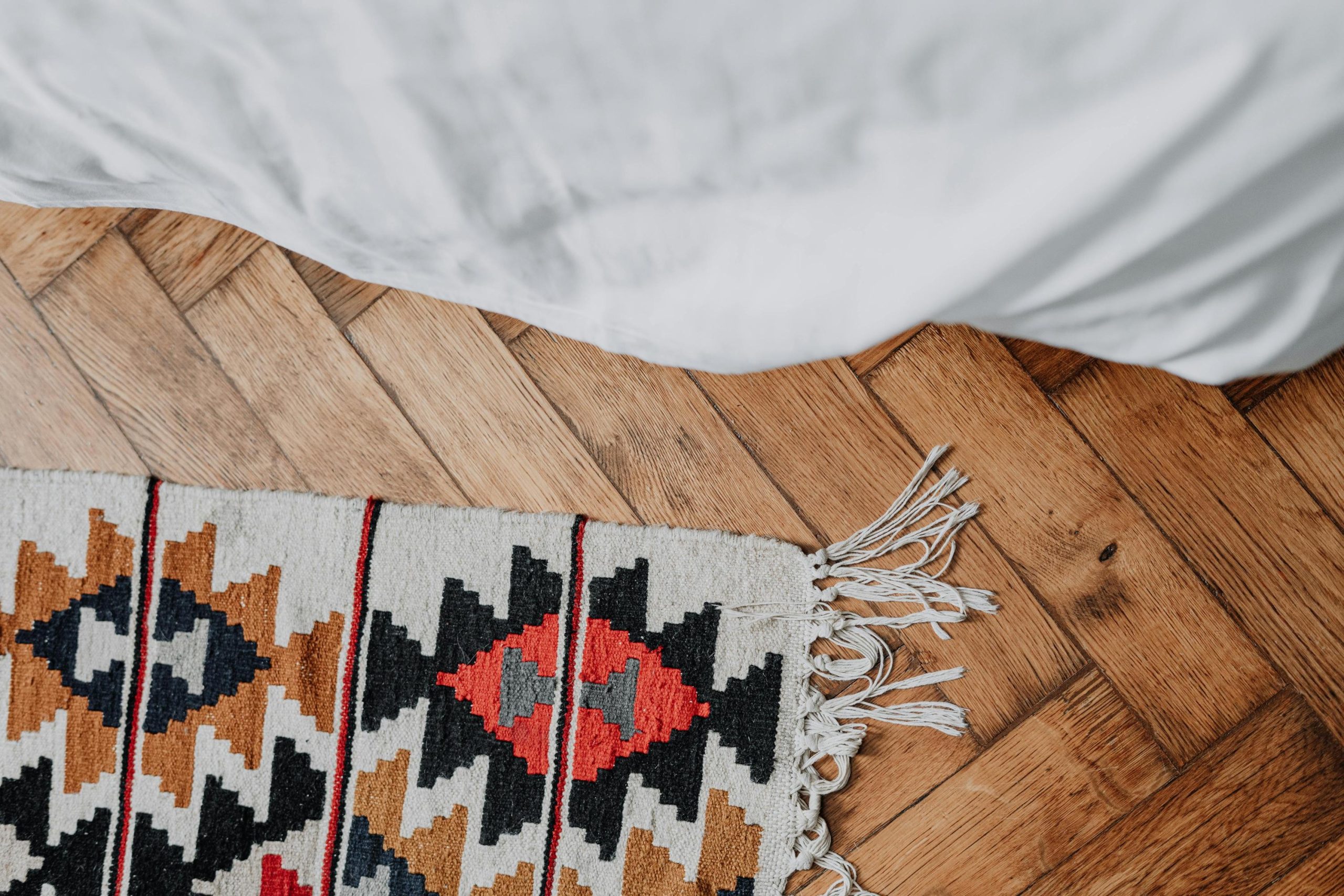How to Get Grease Out of Carpet: A Comprehensive Guide
Grease stains on carpets can be a frustrating challenge for homeowners. Whether caused by cooking oil, greasy food, or automotive oil, these stains can mar the beauty of your flooring and may seem daunting to remove. Fortunately, with the right techniques and a bit of patience, you can effectively get grease out of your carpet. This comprehensive guide will provide you with step-by-step instructions, tips, and tricks for tackling grease stains, along with preventive measures to keep your carpets looking their best.
Understanding Grease Stains
Before diving into the cleaning process, it’s essential to understand grease stains and how they behave. Grease is a hydrophobic substance, meaning it repels water. Therefore, using water alone will not effectively remove these stains; instead, you’ll need a combination of absorbent materials and cleaning agents that can break down the grease.
Common Sources of Grease Stains
- Cooking oil and food: Grease from frying or sautéing can easily splatter onto carpets.
- Automotive oil: Leaks from vehicles can leave unsightly stains on your carpet, especially in garages or mudrooms.
- Lotions and cosmetics: Some beauty products contain oils that can stain carpets if spilled.
Importance of Quick Action
When you notice a grease stain, it’s crucial to act quickly. The longer grease sits on your carpet, the more it penetrates the fibers, making it harder to remove. Prompt action can significantly improve your chances of successfully eliminating the stain.
Step-by-Step Guide to Removing Grease Stains

Grease stains on carpets can be stubborn and unsightly, but with a systematic approach, you can effectively remove them. This guide outlines each step in detail, providing helpful tips and techniques to ensure the best results.
Step 1: Gather Your Supplies
Before you start tackling the grease stain, it’s essential to gather all necessary supplies. Having everything ready will streamline the cleaning process and save you time.
- Paper towels or clean cloths: Use these for blotting the stain. Make sure they are absorbent and clean to avoid transferring dirt or debris onto the carpet.
- Baking soda or cornstarch: Both are excellent absorbent powders that can help draw out grease from the carpet fibers.
- Dish soap (preferably grease-cutting): Brands like Dawn or Palmolive are effective because they are formulated to break down greasy residues.
- White vinegar: This common household item helps cut through grease and neutralizes odors. Its acidity can help dissolve stubborn stains.
- Warm water: Use it for rinsing and diluting cleaning solutions. Warm water is more effective than cold water for activating cleaning agents.
- Spray bottle: This is ideal for applying your cleaning solution evenly and efficiently. You can easily control the amount of solution you dispense.
- Soft-bristled brush: If necessary, a brush can help work the cleaning solution into the carpet fibers without causing damage.
- Vacuum cleaner: Use this for cleanup after treatment. A vacuum helps restore the carpet fibers and remove any remaining debris.
Step 2: Blot the Stain
Act quickly: Time is of the essence when dealing with grease stains. As soon as you notice the stain, take action. Grease can seep deep into carpet fibers, making it increasingly difficult to remove over time.
- Blot gently: Use a paper towel or a clean cloth to blot the area around the stain. Press down firmly but gently—avoid rubbing or scrubbing, as this can push the grease deeper into the fibers.
- Replace the towel or cloth as needed: If the cloth becomes saturated, switch to a dry section or a new cloth to continue blotting. This will help lift more of the grease from the carpet.
Step 3: Apply Absorbent Powder
- Cover the stain: Once you’ve absorbed as much grease as possible, generously sprinkle baking soda or cornstarch over the stained area. Both of these powders work well to absorb remaining grease and odors.
- Let it sit: Allow the powder to sit for at least 15 to 30 minutes. For tougher stains, consider leaving it on for several hours or overnight. This extended contact time will enable the powder to absorb more grease.
- Vacuum the area: After waiting, vacuum up the powder. This not only removes the powder but also lifts some of the absorbed grease along with it. Ensure that the vacuum is clean and empty to avoid redistributing dirt back onto the carpet.
Step 4: Create a Cleaning Solution
Now that you’ve absorbed some of the grease, it’s time to create a cleaning solution to tackle the remaining stain.
- Mix the solution: In a spray bottle, combine one tablespoon of dish soap, one tablespoon of white vinegar, and two cups of warm water. This mixture creates a powerful cleaning agent that breaks down grease effectively.
- Shake gently to mix: Ensure the ingredients are well combined. Be careful not to create too much suds while mixing.
- Test the solution: Before applying the solution directly to the grease stain, test it on an inconspicuous area of the carpet. This step is crucial to ensure that the solution doesn’t cause discoloration or damage.
Step 5: Apply the Cleaning Solution
- Spray the stain: Lightly spray the cleaning solution onto the stained area. Make sure the carpet is damp but not soaked. Over-saturation can lead to moisture retention in the carpet, which may cause mold or mildew.
- Let it sit: Allow the cleaning solution to sit on the stain for about 5 to 10 minutes. This waiting period enables the cleaning agents to penetrate the grease and break it down.
Step 6: Blot and Rinse
- Blot again: Using a clean cloth or paper towel, blot the area to lift the stain. Start from the outside of the stain and work your way inward. This technique prevents spreading the stain further into the carpet.
- Rinse the area: Dampen a separate cloth with warm water and gently rinse the area to remove any soap residue. Avoid soaking the carpet to prevent water damage.
- Blot dry: Use a dry towel to blot the area until it is mostly dry. Patience is key; if the stain remains, you may need to repeat the cleaning process.
Step 7: Final Clean-Up
- Vacuum the area: Once the stain is completely gone and the carpet is dry, vacuum the area to restore the carpet fibers. Vacuuming helps fluff the carpet and can make the cleaned area look even better.
- Check for residues: After drying, inspect the area for any remaining stains or discoloration. If necessary, repeat the cleaning process or consider seeking professional help if the stain persists.
Alternative Methods for Tough Grease Stains
While the above method works for most grease stains, some situations may require alternative approaches:
Method 1: Commercial Grease Removers
- Consider using a commercial carpet cleaner: If household remedies don’t work, explore specialized carpet cleaners designed specifically for grease removal. These products often contain powerful solvents that can penetrate deep stains.
- Follow the manufacturer’s instructions: Always read and adhere to the usage guidelines provided on the product label for the best results and to prevent damage to your carpet.
Method 2: Dry Cleaning Solvent
- Utilize a dry cleaning solvent: For particularly tough grease stains, a dry cleaning solvent can be highly effective.
- Apply according to the product’s instructions: Ensure you test the solvent in an inconspicuous area first to check for any adverse reactions with the carpet fibers.
Method 3: Professional Carpet Cleaning
- Consider professional help: If you’ve tried multiple methods without success, or if the stain is extensive, it may be time to call in professional carpet cleaning services.
- Specialized equipment: Professionals have access to high-grade equipment and cleaning agents that can tackle even the most stubborn stains, ensuring a thorough clean without risking damage to your carpet.
Preventive Measures
To avoid future grease stains, consider these preventive measures:
- Use rugs and mats: Place rugs or mats in areas where spills are likely to occur, such as the kitchen or dining room.
- Be cautious with food: Take care when eating or cooking near carpets. Use trays or tablecloths to catch spills.
- Clean spills promptly: Always address spills immediately to prevent staining. Blot the area and treat it as soon as possible.
- Regular cleaning: Schedule regular carpet cleaning to maintain the appearance of your flooring and reduce the likelihood of stubborn stains.
Conclusion
Removing grease stains from your carpet doesn’t have to be a daunting task. By following these steps and using the right materials, you can restore your carpet to its original condition. Remember to act quickly, gather your supplies, and use the appropriate cleaning methods for the best results. With a bit of effort and care, you can keep your carpets looking fresh and clean, free from unsightly grease stains.
